Aryoddeshya Ratna Mala With English Translation
₹30.00
| AUTHOR: | Swami Dayanand Sarswati | स्वामी दयानन्द सरस्वती |
| Translated in English by : | Acharya Darshananand, Ph. D. |
| SUBJECT: | Aryoddeshya Ratna Mala With English Translation (with Pertinent Commentaries) |
| CATEGORY: | Swami Dayanand Granth |
| LANGUAGE: | Hindi – English |
| EDITION: | 2017 |
| PAGES: | 36 |
| ISBN: | 978817077249 |
| PACKING: | Paperback |
| WEIGHT: | 100 GRMS |
FOREWORD
Aryoddeshya Ratna Mala is a gem among the smaller booklets of Maharshi Dayanand Saraswati. In this booklet, he defined 100 concepts of the Aryas that are based on Vaidik teachings. An analysis of the title conveys this notion. Aryaanaam uddeshyam iti Aryoddeshya, that is, the goals and objectives of the Aryas. Aryoddeshyaani ratnaani iva yasyaam maalaayaam saa Aryoddeshya Ratna Mala, which translates as ‘the garland embedded with jewel-like Arya ideals.’ He wrote this book for the benefit of humanity in 1877 and clarified many widespread concepts that were misunderstood. When we have an incorrect understanding of something, it leads to false beliefs and inappropriate actions. For example, the common understanding of the word ‘Teerth’ is to visit a ‘holy’ place. This begets the question, why is one place more holy than another place? However, the word Teerth (See 20) means that which enables us to overcome immense pain and ignorance. For example, acquiring true knowledge, thinking positively, doing good actions, and practicing self-control etcetera.
Who are the Aryas and what are their objectives? The word ‘Arya’ comes from the verb Ri-gatipraapanayoh (Dhaatu Paath). Richhati gachhati praapnoti sad gunaan iti Aryah. An Arya is an individual who constantly strives to acquire knowledge, good qualities and aspire after enlightenment. Humans are fallible. When we set goals and objectives that are worthy of pursuing, we can constantly work on our weaknesses and strive to become our best selves.
In Rig Veda (1-51-8), the Divine guides us
विजानीह्यार्यान् ये च दस्यवो बर्हिष्मते।
Vijaaneehyaaryaan ye cha dasyavo barhishmate.
Oh Humans! To acquire qualities that foster the development of your life, know the profile of the Aryas and the Dasyus. The Aryas are pious and knowledgeable people and the Dasyus inflict pain on others. In the commentary on this mantra, Maharshi Dayanand wrote that people should strive to develop the characteristics of an Arya and eradicate the Dasyu personality traits. It is for this reason, he defined these concepts that are the basis of an Arya’s disposition and character. Knowing them will allow people to have a clear idea of various concepts and how to incorporate them in their lives.
Undoubtediy, no one is born an Arya. It is a character we aspire toward and make efforts to attain. Arya is a gunvaachee word, that is, it denotes good qualities. The great statesman of Bharat, Mahamuni Chaanakya describes the Arya profile in the following line.
गुणेन त्वार्यः ज्ञायते ।
Gunena twaaryah jñaayate.
An Arya is known by good qualities (Chaanakya Neeti, 5-8). An unknown Sanskrit poet describes the aspirational aspect of the Arya personality beautifully in the following Anushtup Chhand (Meter).
प्रायः कन्दुकपातेनोत्पतत्यार्यः पतन्नपि ।
तथात्वनार्यः पतति मृत्पिण्डपतनं यथा ॥
Praayah kanduka paatena, utpatatyaaryah patannapi. Tathaa twanaaryah patati, mritpindapatanam yathaa.
Generally, when an Arya falters, he/she rises like a ball that bounces when it hits the ground. However, when an Anarya person (one who lacks the Arya profile) stumbles, he/she crumbles like a lump of clay.
The first translation of this book in English occured in 1966 by Bava ArjanSingh and Vedic Yantralaya, Ajmer, Rajasthan, India published it thrice. This current translation in English is different in two ways. I included the definitions of the terms and concepts in Hindi for Hindi readers or people who are bilingual. I clarified many concepts with relevant commentaries giving appropriate examples and supplementing the material from other authentic Vaidik sources.
I am very grateful for Acharya Mitra Gangadin for spending countless hours revising this booklet individually and over the phone with me. His feedback on all aspects of this work was invaluable. Individually, I revised this work many times and undoubtedly, there will be mistakes. It is a difficult task to translate from one language to another. Moreover, getting to the heart of the thoughts of Maharshi Dayanand Saraswati and putting them in words is indeed a very difficult task and a humbling experience. I am also very thankful to Dr. Sahadeo Hariprasad and family for financing the publication of this book. He was very supportive and encouraged me from the moment I told him of the project until its completion. Finally, I quote a Sanskrit verse regarding suggestions.
गच्छतः स्खलनं क्वापि भवत्येव प्रमादतः ।
हसन्ति दुर्जनास्तत्र समादधति सज्जनाः ॥
Gachhatah skhalanam kwaapi, bhawatyewa pramaadatah.
Hasanti durjanaastatra, samaadadhati sajjanaah.
Whenever or wherever someone makes a mistake due to carelessness, wicked people laugh on such occasions.
However, good people offer solutions upon encountering errors.
Genuine and thoughtful suggestions are welcome. Regarding transliteration of text from Sanskrit and Hindi to English, I did not follow the universal diacritical key board characters. However, I used a simple method. For example, in the word pramaad, the two ‘aa’ represents a long vowel. The same method was used for the other vowels. For example, two ‘ee’ signifies a long vowel.
-Acharya Darshananand
| Author | , |
|---|---|
| Language | , , |
| Publication |
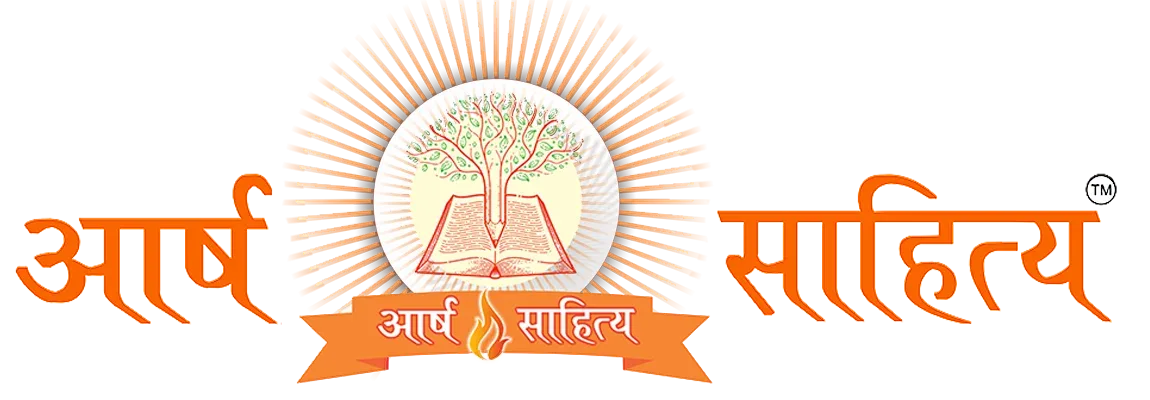
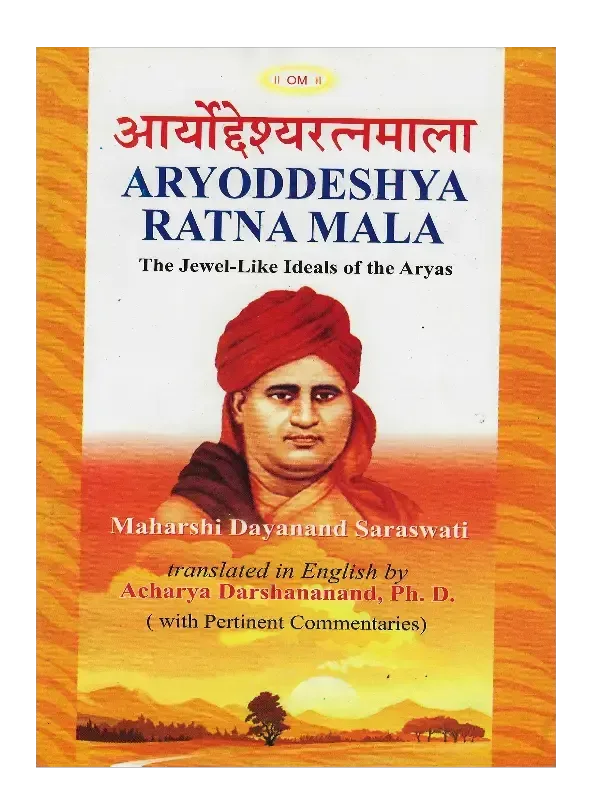

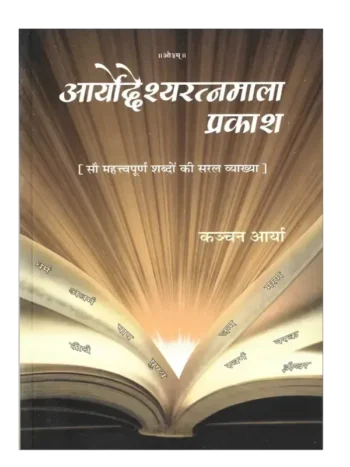


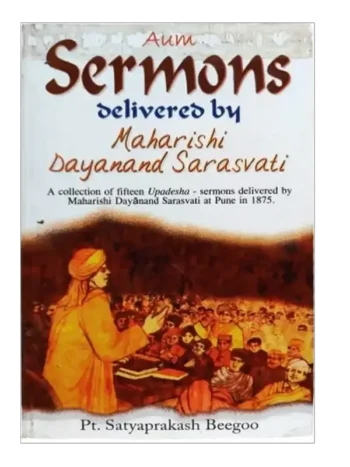
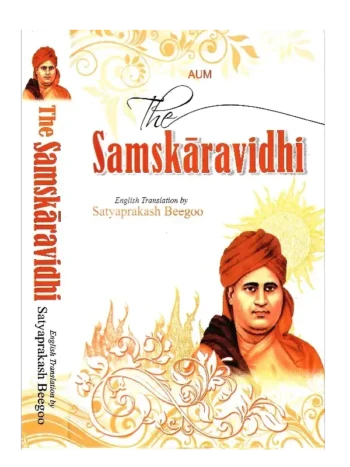
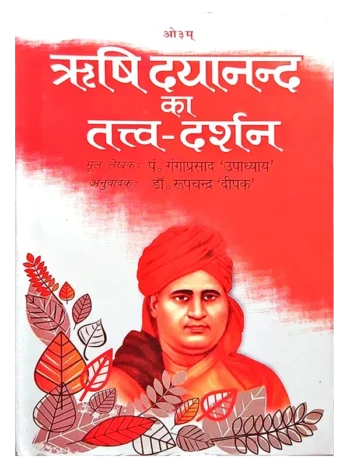

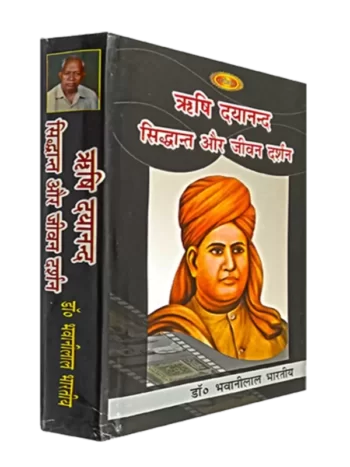
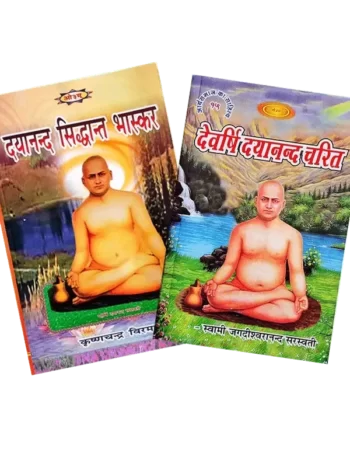
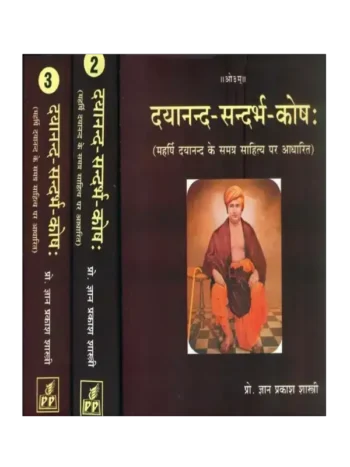



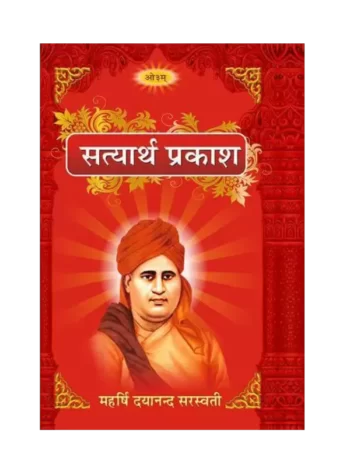
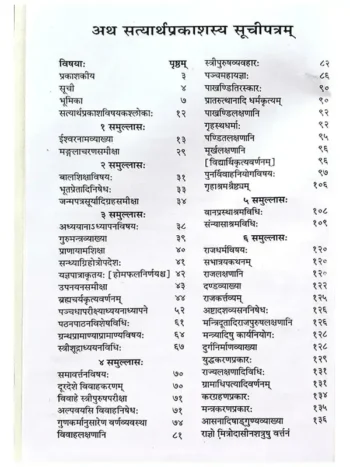
Reviews
There are no reviews yet.